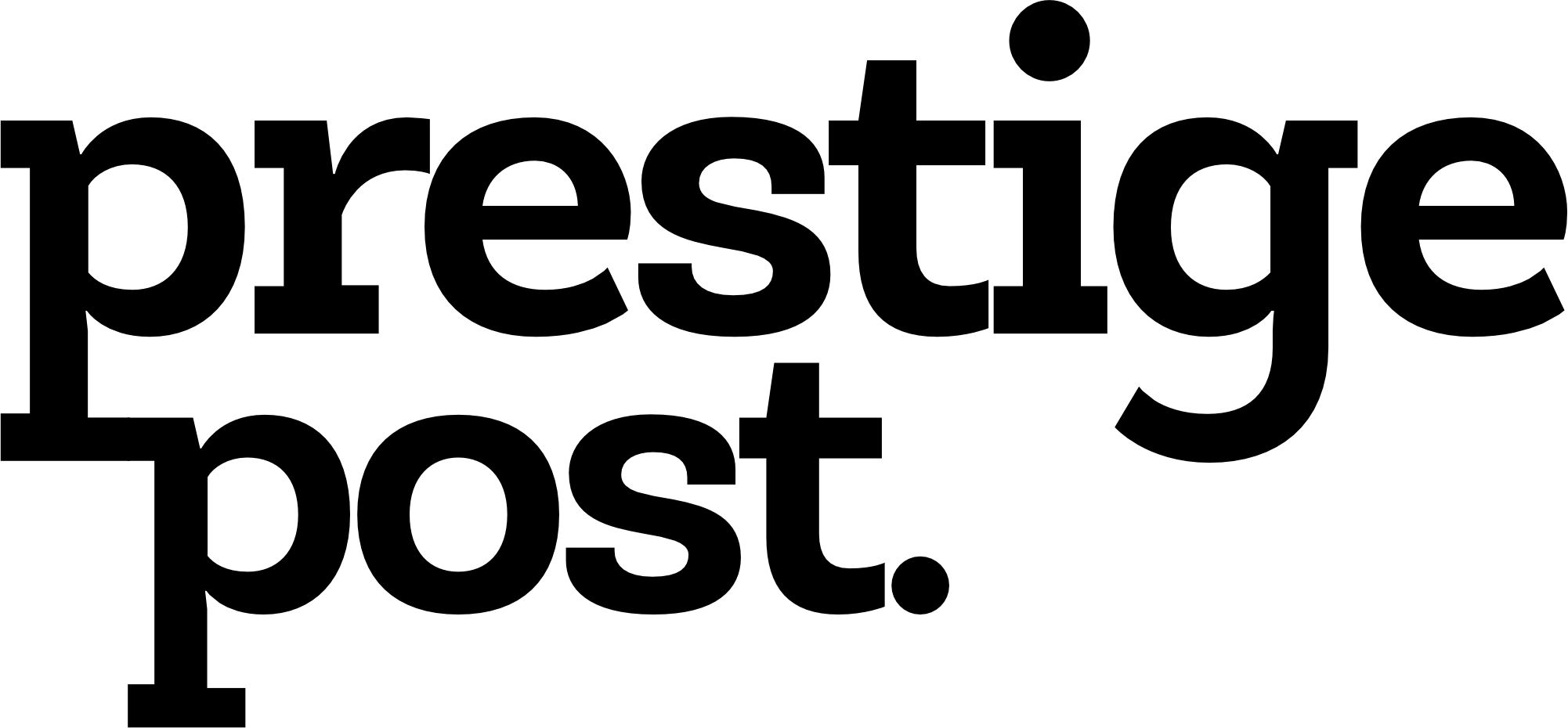In California, where wildfires rage with relentless frequency, homeowners are finding themselves increasingly abandoned by insurance companies unwilling to shoulder the risks. The personal account of Lynne Levin-Guzman, who took matters into her own hands by trying to protect her elderly parents’ 90-year-old home in Los Angeles County with nothing more than a garden hose, starkly illustrates the gravity of the crisis. Her parents, who have lived in the same house for 75 years and held fire insurance with the same company for decades, recently faced the devastating news that their policy had been canceled. For Levin-Guzman, this felt like betrayal. “They wonder why people leave California,” she remarked, standing resolutely in their yard as flames threatened nearby neighborhoods.
This experience is emblematic of a broader issue gripping the state. Between 2020 and 2022, insurance companies in California canceled or declined to renew 2.8 million homeowner policies, including 531,000 in Los Angeles County alone, where fires have caused untold damage. While a small portion of these cancellations stemmed from homeowner decisions, the vast majority were insurer-initiated, a trend driven by the rising cost and unpredictability of wildfire risks. The retreat of insurers has forced many homeowners to turn to the California FAIR Plan, a state-managed last-resort insurance program that provides limited coverage at significantly higher premiums.
Initially intended as a safety net for those unable to secure private insurance, the FAIR Plan has seen unprecedented growth. Its exposure for residential properties reached $458 billion as of September, marking a 61% increase from the previous year and a threefold surge since 2019. The situation is even more pronounced for commercial properties, with exposure climbing nearly 464% in the same period to $26.6 billion. The program, however, comes with significant limitations. Homeowners often need to purchase additional coverage to protect against gaps, further compounding the financial burden.
State Insurance Commissioner Ricardo Lara has introduced regulatory changes aimed at addressing the crisis by incentivizing insurers to return to high-risk areas. These new rules allow insurers to factor reinsurance costs—fees paid by insurers to safeguard against catastrophic losses—into their premiums for the first time. While Lara argues this will encourage insurers to expand their coverage areas, the changes have ignited sharp criticism. Consumer advocacy groups, including Consumer Watchdog, warn that these policies could lead to significant premium hikes, with estimates ranging from 40% to 50%.
Critics like Carmen Balber, the executive director of Consumer Watchdog, argue that these regulatory shifts prioritize insurer profitability over homeowner accessibility. “The commissioner has granted the insurance industry what it wants,” Balber stated, highlighting the loopholes that she believes will delay meaningful relief for homeowners. She also pointed out that while homeowners may face steeper costs, there is no guarantee that expanded coverage will be made available in fire-prone regions.
Meanwhile, insurance industry representatives defend the rate increases, attributing them to inflation, climate risks, and rising reinsurance costs. Janet Ruiz of the Insurance Information Institute (III) emphasized that California’s refusal to previously consider reinsurance costs in premium calculations had exacerbated financial pressures for insurers. Although recent wildfire seasons have been less catastrophic, she noted that the devastating losses in 2017 and 2018 wiped out over a decade of profits for many companies.
Lara remains optimistic that his policies will provide a pathway for homeowners to transition from the FAIR Plan back to private insurance. He acknowledged that premiums may rise under the new system but argued that incorporating reinsurance costs would ultimately stabilize the market and ensure fair pricing for consumers. Still, skeptics maintain that these measures fall short of addressing the root of the problem: the escalating risks posed by climate change and unchecked urban expansion into wildfire-prone areas.
For California homeowners, the crisis underscores the growing challenges of living in a state increasingly defined by climate volatility. The rising costs of insurance are more than just a financial burden; they threaten to reshape the housing market, displace families, and deepen the divide between those who can afford to stay and those forced to leave.









